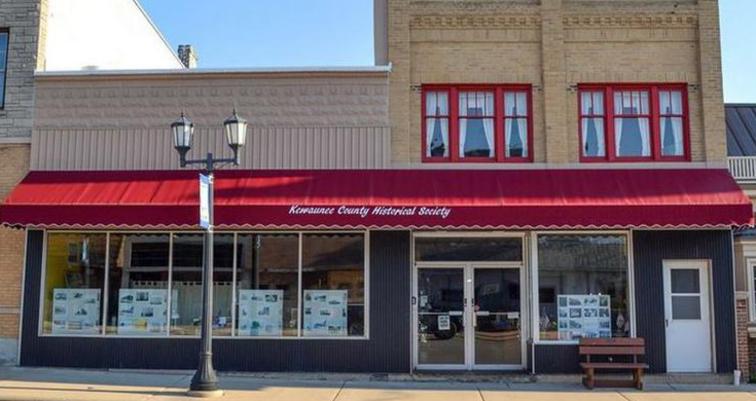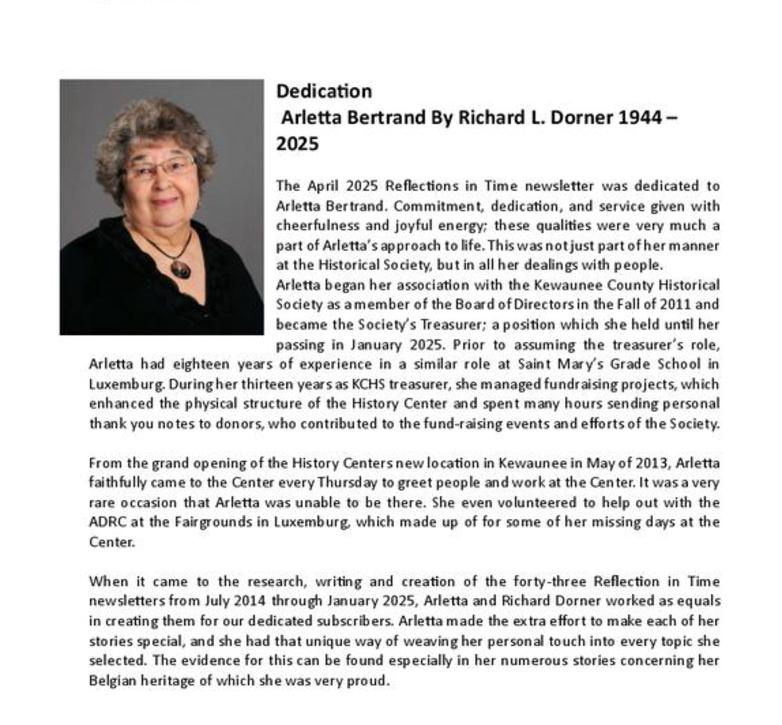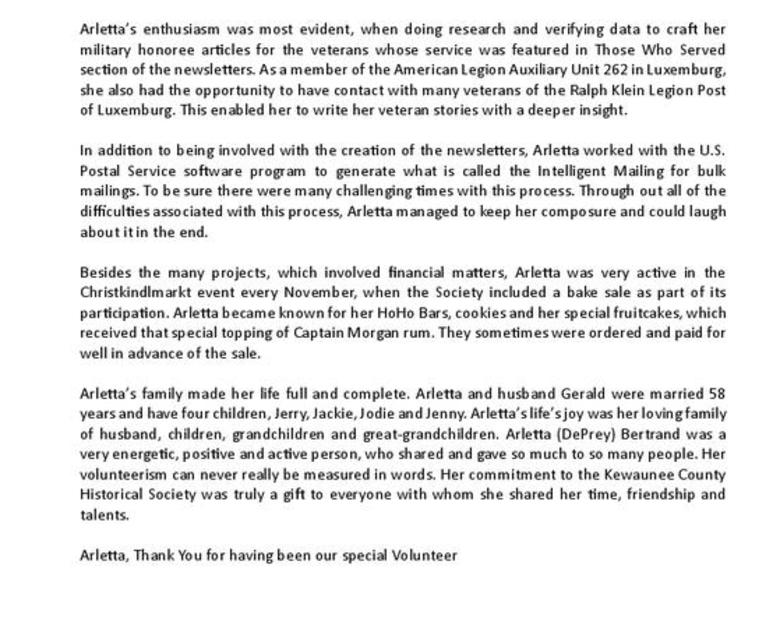Kewaunee County Historical Society
Call us: 920-388-0369
KCHS History Center
The KCHS History Center is open during the months of February through December and closed in January.
Come and Visit Us and Enjoy the Legacy of Kewaunee County!
KCHS Jail Museum was organized in 1969 and opened to the public in 1970. The Museum is located on the south edge of Courthouse Square in Kewaunee in the 1876 National Register Jail and Sheriff's Quarters.
Unique displays throughout the museum showcasing eras of Kewaunee County such as period rooms, livingroom, and bedroom. The remainder of the building, including the jail cells and basement, is devoted to displaying various artifacts. The basic core of our display is from the Decker Collection, gifted to the County back in the early 1900s.
The Museum is open Memorial Day through Labor Day, Thursday – Saturday, Noon – 4:00 PM.
The History Center has a new fresh look with its many renovations made in 2020 including the burgundy awning which proudly makes people aware of the Kewaunee County Historical Society’s permanent home in downtown Kewaunee at 217 Ellis Street. Hours are 10 AM – 4 PM Thursday and Friday, 9am -Noon Saturday, also other times by appointment. Note: The History Center is closed during the month of January for cleaning and maintenance.
Phone: (920) 388-0369. Email: kchistory219@yahoo.com.
KCHS History Center is full of displays and items that make for a wonderful browsing experience! Museum displays have been added to the former living quarters on the second floor as well. It is home to over 20,000 photographs useful to genealogist, researchers, history buffs and families. The Center has thousands of documents such as tax records, indexes of deaths/ marriages/ births, early land ownership, school histories, veteran histories, maps, the Fresnel Lens from the Kewaunee Pierhead Lighthouse and much more.
Mission Statement:
The mission of the Kewaunee County Historical Society is to collect and preserve the history of Kewaunee County.
KCHS Jail Museum
This collection of articles and short stories are reprinted from the quarterly newsletters, which were published from 2015 through 2019 by the Kewaunee County Historical Society. During this timeframe, the newsletter was published under the title of Reflections in Time. River Land Journal – Volume II is being published as a fundraiser for the Kewaunee County Historical Society. All proceeds generated from the sale of this book will be used by the Historical Society to continue its programs to preserve the local history of Kewaunee County. This second volume, which contains a series of period pieces and short stories, represents a cross section of Kewaunee County’s history as researched and written by the Historical Society’s newsletter staff and contributing authors.
RIVER LAND JOURNAL VOLUME II
Introduction
ORDER YOUR COPY TODAY!
Call us at (920) 388-0369 or E-mail us at kchistory219@yahoo.com
The cost of the River Land Journal II is $20 and $7 postage if mailed.
Mailed to your home
Click here to Purchase
Pick up at History Center
Click here to Purchase
River Land Journal Volume I and ll
NOW AVAILABLE FOR PURCHASE!
NEW DISPLAY
Do you have some old children’s toys just gathering dust? We are looking for old children’s toys for a display. Do you remember coming to the Evens Store as a child and going downstairs to the Toy Area? We are planning on setting up a display in the area that once was the Evans Store Toy Department downstairs at the History Center.
If you have any old toys, please contact us at the History Center 920-388-0369.








